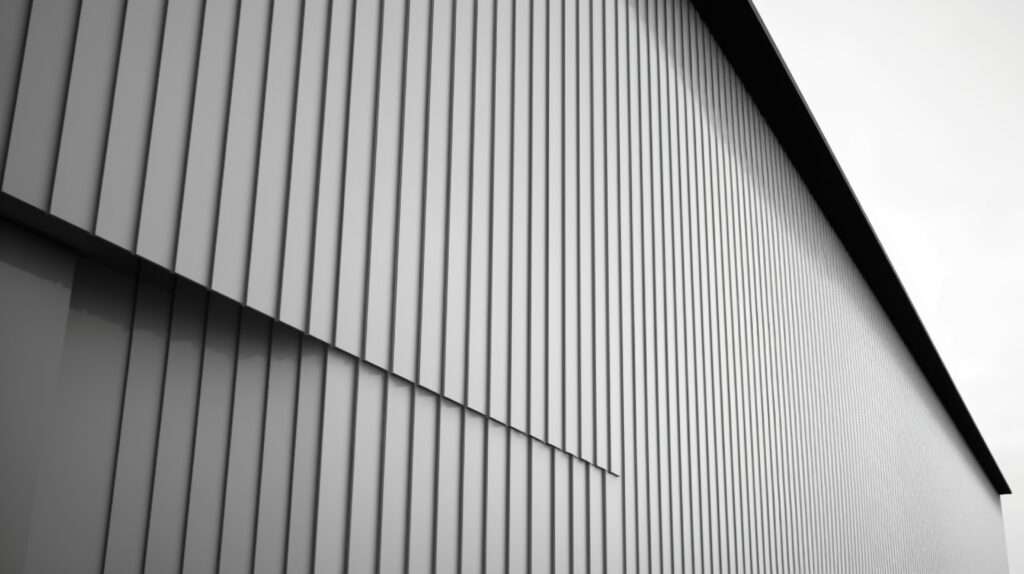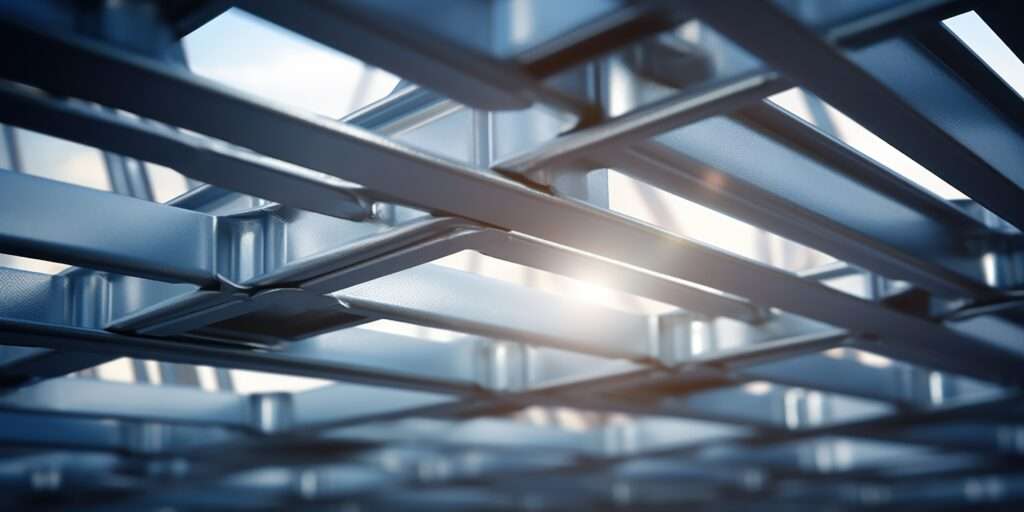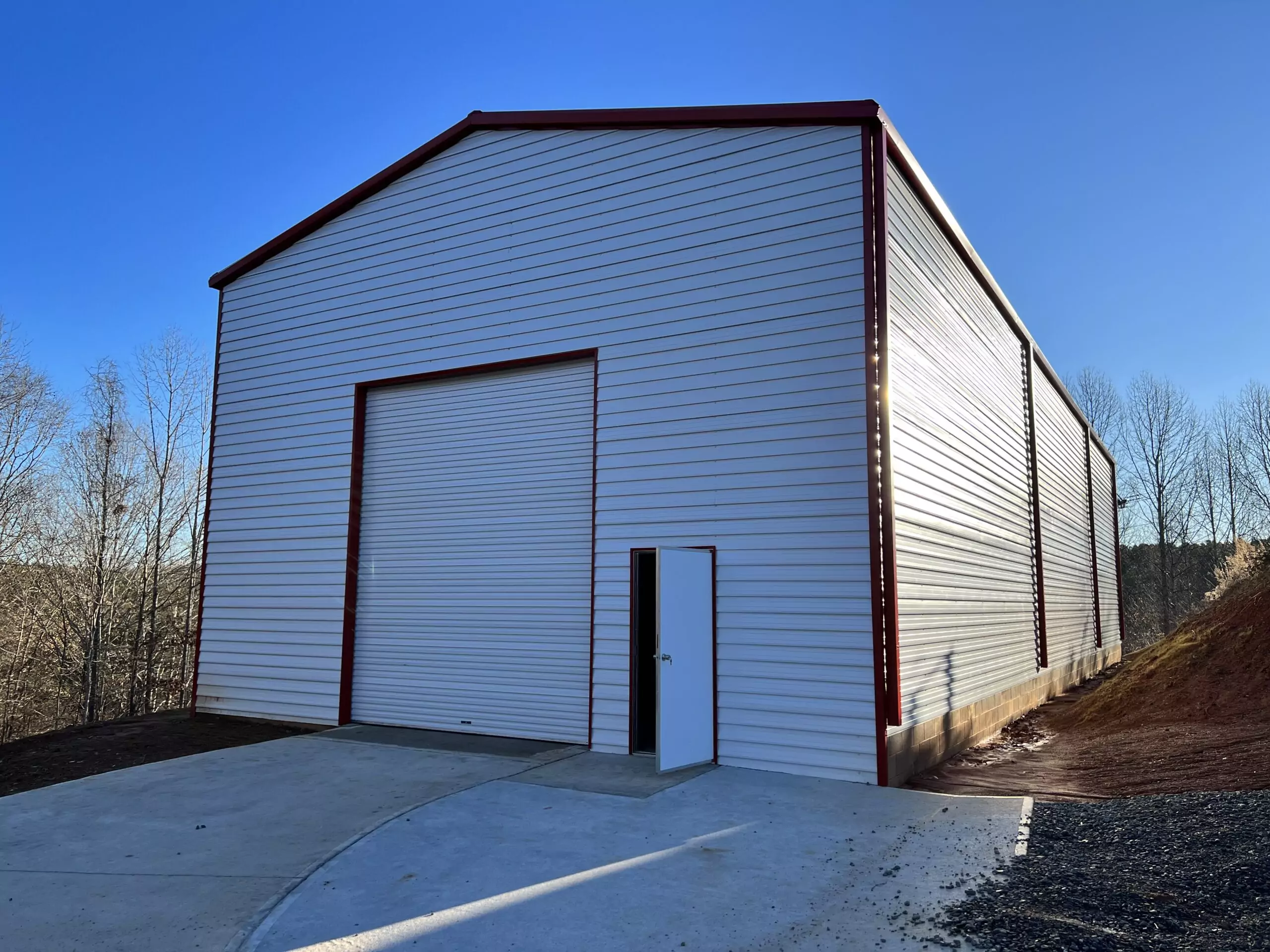When deciding between metal and wood-framed buildings, it’s essential to weigh the benefits of each. Business owners, project managers, and shareholders often face this decision. Metal frame construction offers numerous advantages over wood, making it a preferred choice in many cases. Not only does metal provide superior strength and durability, but it also offers greater resistance to fire, pests, and natural disasters. Additionally, metal buildings are often quicker to construct and require less maintenance over time, saving both time and money for the long term.

Unlocking the Power of Metal Frame Construction
In the realm of building design and construction, the backbone of any structure lies in its framework. Whether you’re embarking on a new project or expanding existing facilities, selecting the optimal framing material is paramount. Let’s delve into the unparalleled advantages of metal frame construction:
More Durable and Versatile
When comparing the durability and flexibility of stick-built vs metal buildings, the advantages of metal are clear. Metal frames are stronger and more resilient than their wooden counterparts. A metal structure is typically 20% to 30% lighter than a comparable wooden structure, providing greater structural integrity. Metal buildings often achieve significantly wider clear spans compared to wood, offering ample space and versatility. The heights of metal structures surpass those of their wooden counterparts, and the spacing between columns along the walls is generally wider, but can be adjusted as necessary. This adaptability underscores the versatility and customizability of metal construction.
More Resilient
Metal buildings are an optimal option for structures as they resist rot, mold, warping, and pests, ensuring the building’s structural integrity. Additionally, they effortlessly endure severe weather conditions such as strong winds or heavy snow. Metal building roofs generally use thicker, standing-seam panels that eliminate the need for screw-holes, offering a superior option compared to thinner, screw-through panels. Additionally, the siding of metal buildings is more robust, providing greater durability and strength. For those seeking a long-lasting and resilient building solution, metal buildings emerge as a premier choice.
Ultimately Saves you Money in the Long Run
Opting for metal over wood proves more economical in the long run. While wood structures may offer initial cost savings, they often lack the resilience of metal constructions, posing potential issues in the future. In cases of significant leaks, wood’s susceptibility to water absorption results in expansion and eventual cracking, necessitating costly repairs. Conversely, the robust nature of metal mitigates such concerns, translating to reduced maintenance expenses throughout the building’s lifespan. Additionally, metal frame buildings typically yield lower insurance premiums in comparison to their wood-framed counterparts. Making the switch to metal ensures not only financial prudence but also long-term structural reliability.
No Bottom Chord Across the Truss
Constructing with a metal frame ensures a greater clear ceiling height, as there won’t be a bottom chord spanning the truss. Unlike wood buildings, which have a lower flat ceiling at the base of the wood trusses, metal-framed structures offer more vertical space. This can create a more open and spacious feel, ideal for various commercial and industrial applications. Additionally, the absence of a bottom chord allows for more flexibility in interior layout and design, accommodating a wide range of architectural preferences.
Highly Resistant to Fire
The metal frames of buildings are engineered to be fire-safe, significantly minimizing the risk of structural damage in the event of a fire. This innovative design ensures that buildings not only withstand the heat but also protect the integrity of the entire structure. Additionally, using metal frames enhances the overall safety standards and provides peace of mind to occupants and owners alike. With these fire-resistant properties, metal-framed buildings set a higher benchmark for construction safety.
Metal frames are the preferred choice for most commercial buildings due to their durability and strength. They offer numerous advantages over traditional wood construction, making them an excellent long-term investment. Additionally, metal frames are resistant to fire and pests, further enhancing their appeal. When considering construction options, metal frames stand out for their reliability and cost-effectiveness, ensuring a sturdy and secure building for years to come.

Is Metal Framing Better than Wood for Your Construction Project?
When comparing metal buildings vs wood framed buildings, it becomes clear that the choice between the two is complex. However, the advantages of metal frame construction for your commercial project are unparalleled. Metal is known for its durability, resilience, adaptability, and cost-effectiveness, making it a superior choice over wood, which is prone to fire, moisture, pests, severe weather, and more. It’s no wonder that when asked “is metal framing better than wood framing,” experts almost always answer in the affirmative!
The main drawback of metal framing? Initial costs for metal buildings tend to be higher. However, their longevity and low maintenance requirements more than compensate for the upfront expense over time. If you’re still unsure about whether to opt for metal or wood framing for your commercial construction project, our team is here to help. Consult with us to carefully evaluate the advantages and disadvantages of metal buildings.
Conclusion
In conclusion, the debate over metal versus wood-framed buildings hinges on several key factors. While both materials have their strengths, metal often emerges as the preferred choice for commercial projects. Its durability, resilience, and cost-effectiveness make it a superior option over wood. Metal buildings offer greater structural integrity, resistance to fire, pests, and natural disasters, and require less maintenance over time. Additionally, metal frames provide more design flexibility, allowing for wider spans and greater heights compared to wood.
Looking to start your metal building project? This comparison between metal and wood-framed buildings provides valuable insights. If you’re ready to move forward, Prestige Steel Structures is your partner. Our team is committed to providing top-notch metal building solutions, ensuring you have the support and expertise you need to create your ideal facility. Plus, with our guidance, you can confidently design and construct your new space, knowing you’re in capable hands. Take the first step towards your new metal building today with Prestige Steel Structures.
When considering construction options, metal frames prove to be a sound long-term investment. While initial costs may be higher, the durability and low maintenance requirements of metal buildings offset this expense over time. Ultimately, choosing metal framing for your construction project ensures a sturdy, secure, and reliable building for years to come. If you’re still undecided, consult with our team to evaluate the advantages and disadvantages of metal buildings for your specific needs.


